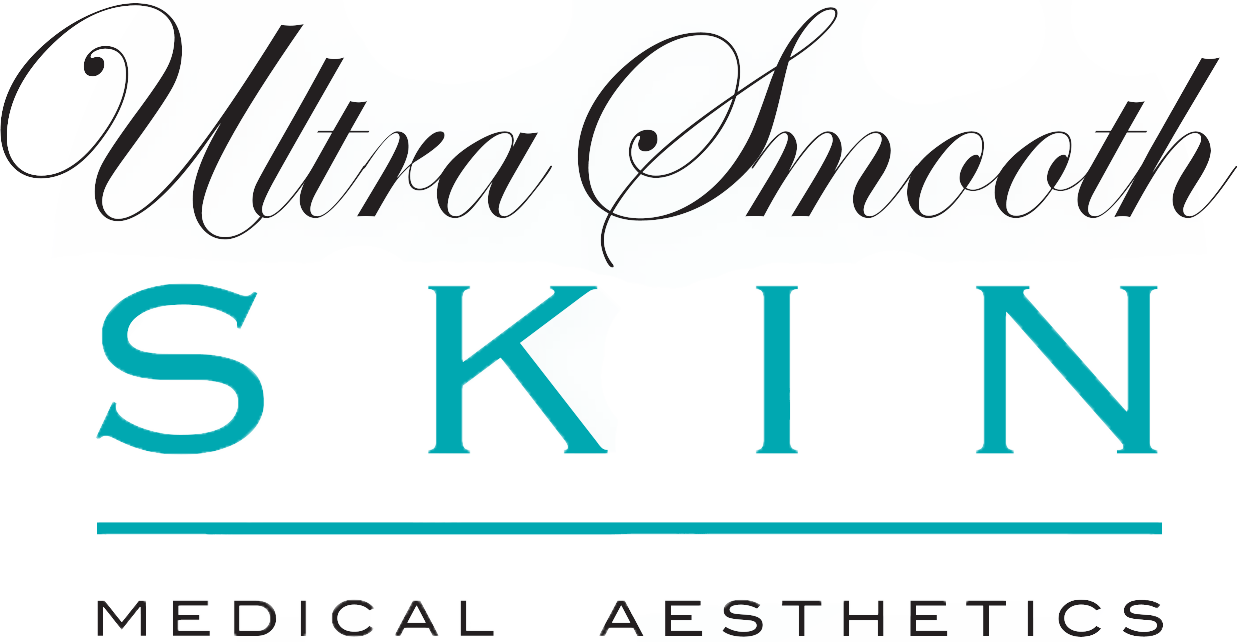Women despise spider veins and especially varicose veins; both common imperfections seem to spoil the beauty of one’s legs. If you have them, then you know what these bothersome skin conditions look like. Maybe you are constantly trying to cover up these veins with pantyhose or spray-on tans.
Does this sound like you? Continue reading to learn the difference between spider veins and varicose veins.
Spider veins are less bothersome and found on the surface of one’s legs. Spider veins are very thin blue blood vessels that appear as minute, reddish squiggly lines. Correction of spider veins is purely cosmetic. Varicose veins are a different story; with a thick, ropier appearance, varicose veins can bulge and become medically necessary to correct. These stretched-out veins gather where blood has pooled and can often be seen protruding out of the legs. It is not unusual to have both spider veins and varicose veins in one leg.
Physicians say that having either vein issue is genetic, but that spider veins and/or varicose veins can also skip a generation, so you can’t really blame either parent for inheriting them. Plus, pregnancy can cause the development of both types of venous disease as hormone overload encourages the smooth muscle of the veins to relax, which increases their storage capacity and propensity to dilate.
Professional treatment like sclerotherapy injects a foam into your veins which irritates them, causing collapse. Multiple treatments might be necessary, but the procedure is non-invasive and takes only about 15 minutes.
Vascular laser treatments can tackle your leg veins of different sizes by sealing up the blood vessel without harming surrounding skin.
If you have more questions about venous disease and treatment options available here in our practice, contact us today.

